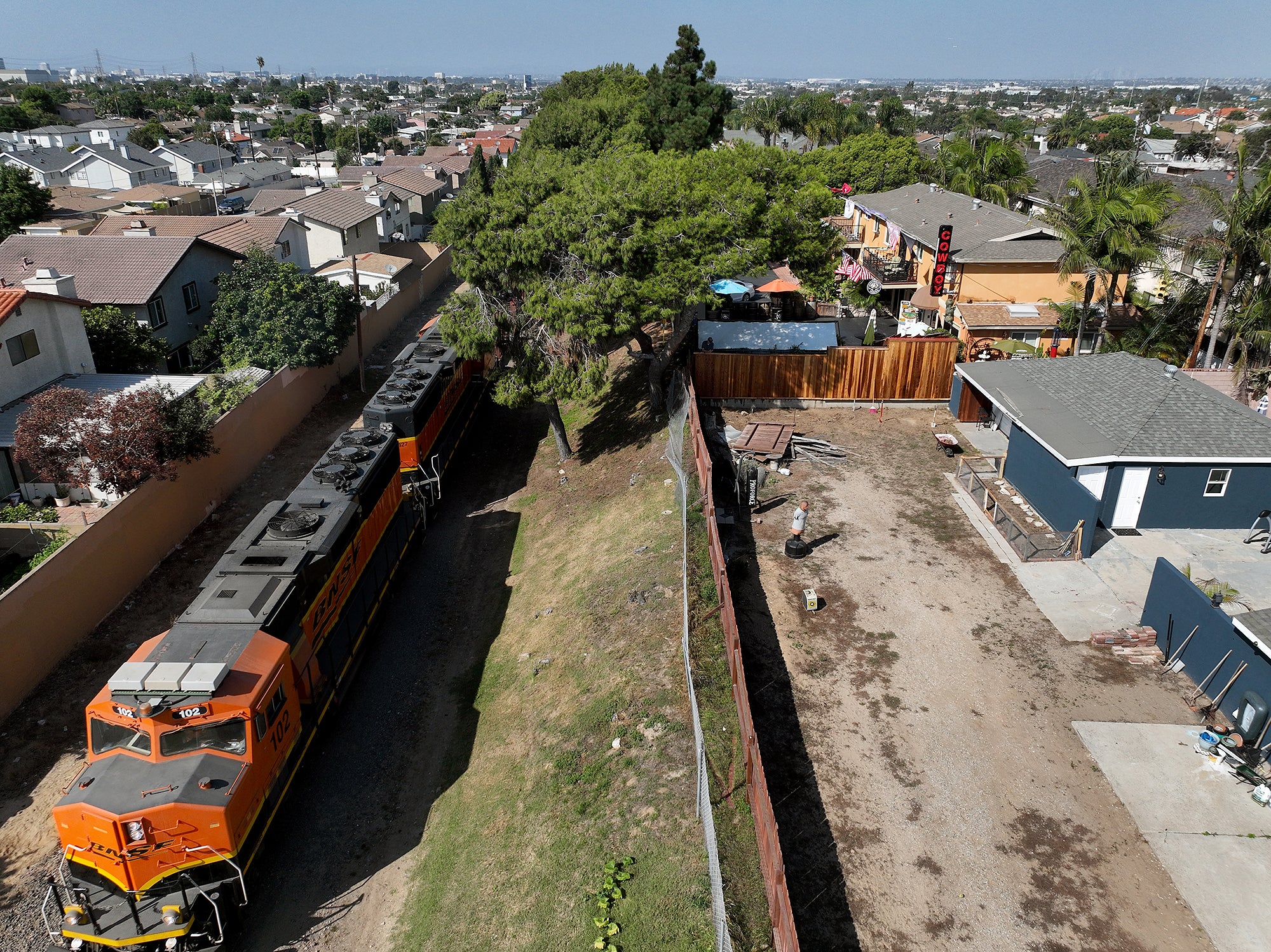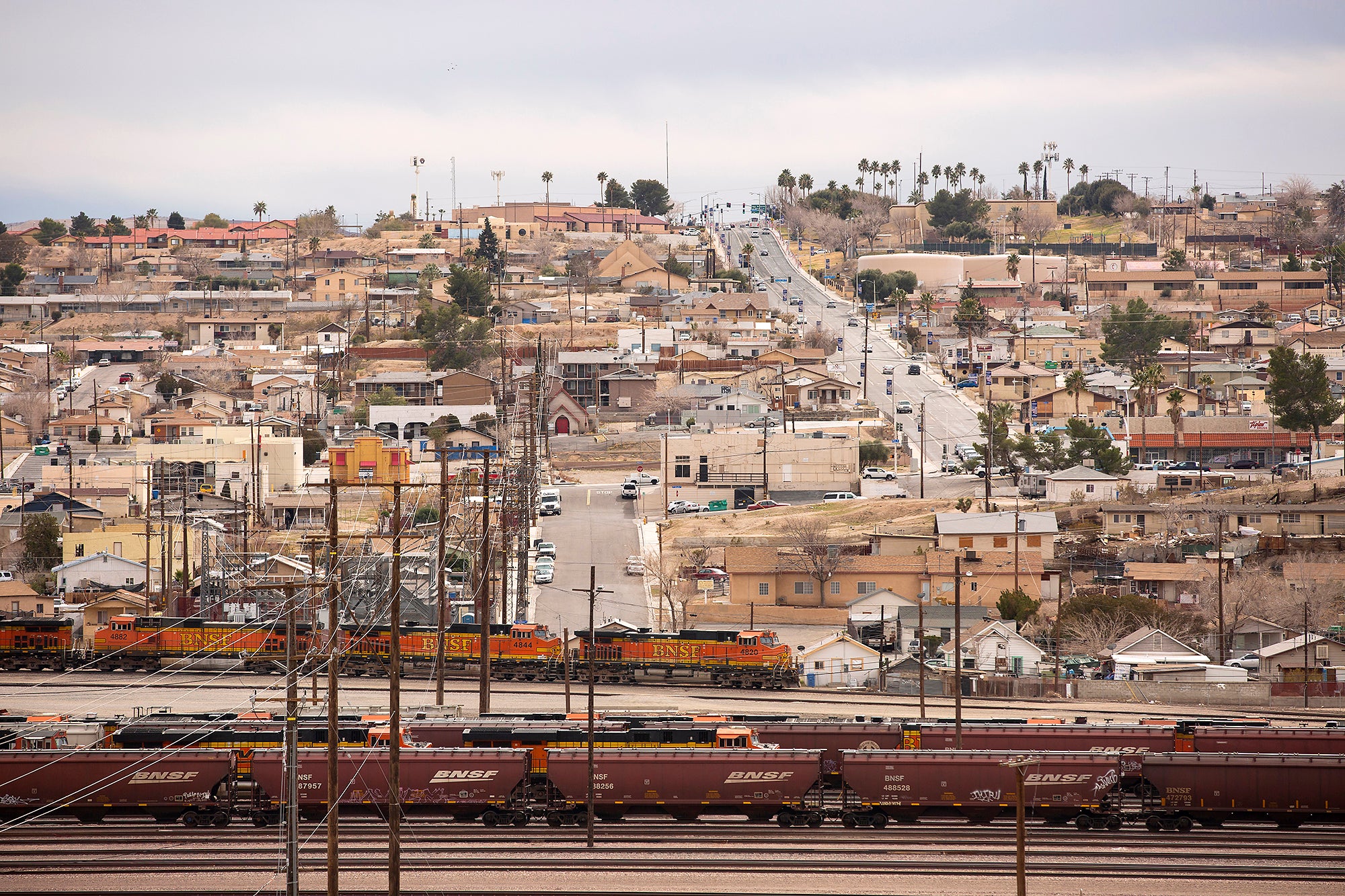California and Environmental Groups Successfully Defend Zero-Emissions Rail Rule in Latest Court Ruling
Victory
—Environmental justice groups joined California Attorney General to defeat legal challenge from rail industry
Contact
Today, a federal district judge ruled in favor of the State of California, as well as community and environmental groups, by pausing an industry challenge to California’s In-Use Locomotive Regulation until the U.S. Environmental Protection Agency (EPA) decides whether to approve the rule under the federal Clean Air Act. The judge’s ruling makes space for California to exercise its special authority as envisioned by Congress more than 50 years ago when it adopted the federal Clean Air Act.
“Today’s ruling is a win for everyone trying to breathe in California,” said Yasmine Agelidis, attorney on Earthjustice’s Right To Zero campaign. “Zero-emissions rail is the global standard, and California is well within its legal authority to clean up one of the worst sources of health-harming diesel pollution in the state. Now, EPA should act as if lives are at stake and quickly approve California’s authorization request for its rail standard under the Clean Air Act — because they are.”

A freight train travels on tracks next to homes in Lawndale, California in the Los Angeles area. (Allen J. Schaben / Los Angeles Times via Getty Images)
The Association of American Railroads and American Short Line and Regional Railroad Association sued the State of California, challenging California Air Resources Board’s In-Use Locomotive Regulation and the State’s federally protected right to safeguard its residents from locomotive pollution. A coalition of community-based groups, including East Yard Communities for Environmental Justice and the People’s Collective for Environmental Justice, and the environmental group Sierra Club soon joined the legal fight represented by Earthjustice and attorneys at Natural Resources Defense Council.
The In-Use Locomotive Regulation requires locomotive operators in California to phase out antiquated diesel locomotives and to transition to zero-emission operations over time. At the height of the rule’s implementation, it will prevent 63 tons per day of NOx emissions, making it the single largest emissions reduction effort in California’s plan to meet clean air standards. Altogether, it will save 3,200 lives by California Air Resources Board estimates and deliver $32 billion in health savings in the state.
“The dangerously close proximity of railyards to communities means we need the highest possible air quality standards to save lives,” said Alison Hahm, a staff attorney with NRDC. “Today’s ruling is a strong step in the right direction. Now, it’s critical the EPA maintains this same sense of urgency.”
An earlier court ruling already protected core functions of the regulation to ensure cleaner locomotives are on California’s tracks and that railyards are investing in California’s clean air future. Today’s ruling protects key aspects of the rule to prevent locomotives from idling near homes and schools, and that railroads submit data on their operations and pollution to the state.
The immense health benefits anticipated from the In-Use Locomotive Regulation are a testament to how toxic old diesel locomotive technology is in California and the growing urgency to transition to cleaner and more efficient zero-emission alternatives. Contrary to conventional wisdom on rail, because locomotive diesel engines are dirtier and lower-tech than truck engines it is now dirtier to move goods by rail than by truck in California.
Many of California’s railyards are incredibly close to homes and schools — Union Pacific’s Colton Railyard sits just 350 feet from the nearest homes and neighbors a local high school. The BNSF San Bernardino railyard is located just across the street from homes and within one mile of seven hospitals, 15 schools, and 19 childcare centers.
“California’s zero-emissions rail rule will ease the burden for frontline communities across California who breathe in deadly diesel pollution from locomotives every day,” said Taylor Thomas, co-executive director at East Yard Communities for Environmental Justice. “The rail industry has been spewing pollution into our neighborhoods with impunity for decades, and we need the EPA to greenlight this life-saving rule to finally hold the industry accountable.”
“This ruling is a step in the right direction to reduce the deadly pollution from the rail industry,” said Alicia Aguayo, communications specialist at the People’s Collective for Environmental Justice and a San Bernardino resident. “People in Southern California suffer from the worst air quality in the country, and the rail industry’s reliance on fossil fuels has harmed our health for too long. Now, it is urgent that EPA to authorize this important regulation.”
“To rein in pollution from the transportation sector, we must regulate trains in the Golden State,” said Yassi Kavezade, senior campaign advisor with the Sierra Club. “Today’s ruling is a major step forward for a life-saving regulation that’s slated to protect Californians from asthma, cancer, and other pollution-caused ailments. The new standard is especially crucial for low-income residents and communities of color who have long suffered from locomotive pollution in their neighborhoods.”
Trade groups challenged California’s legal authority to regulate rail pollution within state lines, but the Clean Air Act recognizes California’s authority to clean up a major source of health-harming diesel pollution and the rule only applies to locomotives operating within California, steering clear of interstate commerce complications. The state’s rule is also commonsense policy — it offers flexibility to rail operators with three major paths for compliance, and includes a gradual shift to zero-emission operations over the coming decades.

Additional Resources
About Earthjustice
Earthjustice is the premier nonprofit environmental law organization. We wield the power of law and the strength of partnership to protect people's health, to preserve magnificent places and wildlife, to advance clean energy, and to combat climate change. We are here because the earth needs a good lawyer.